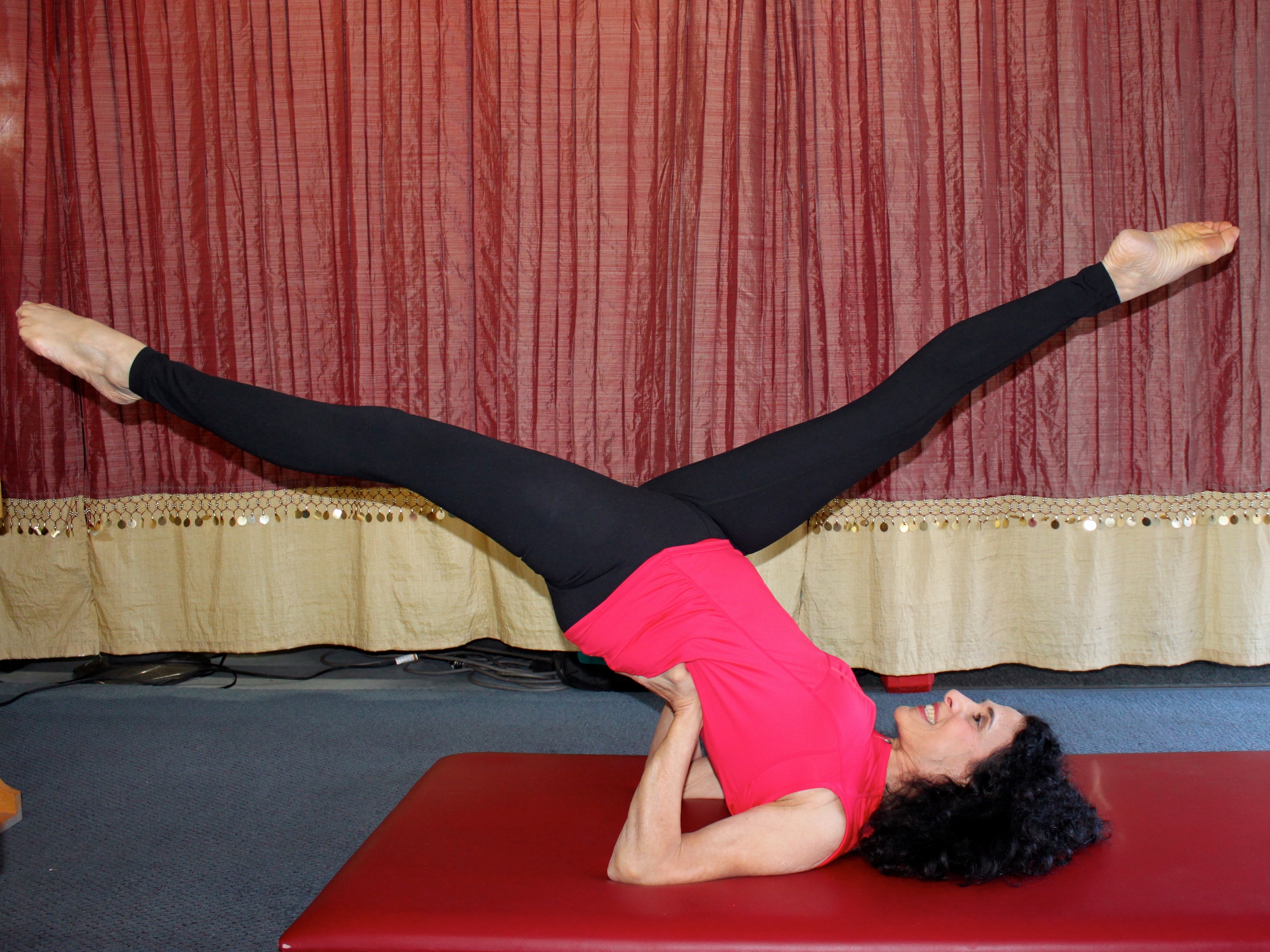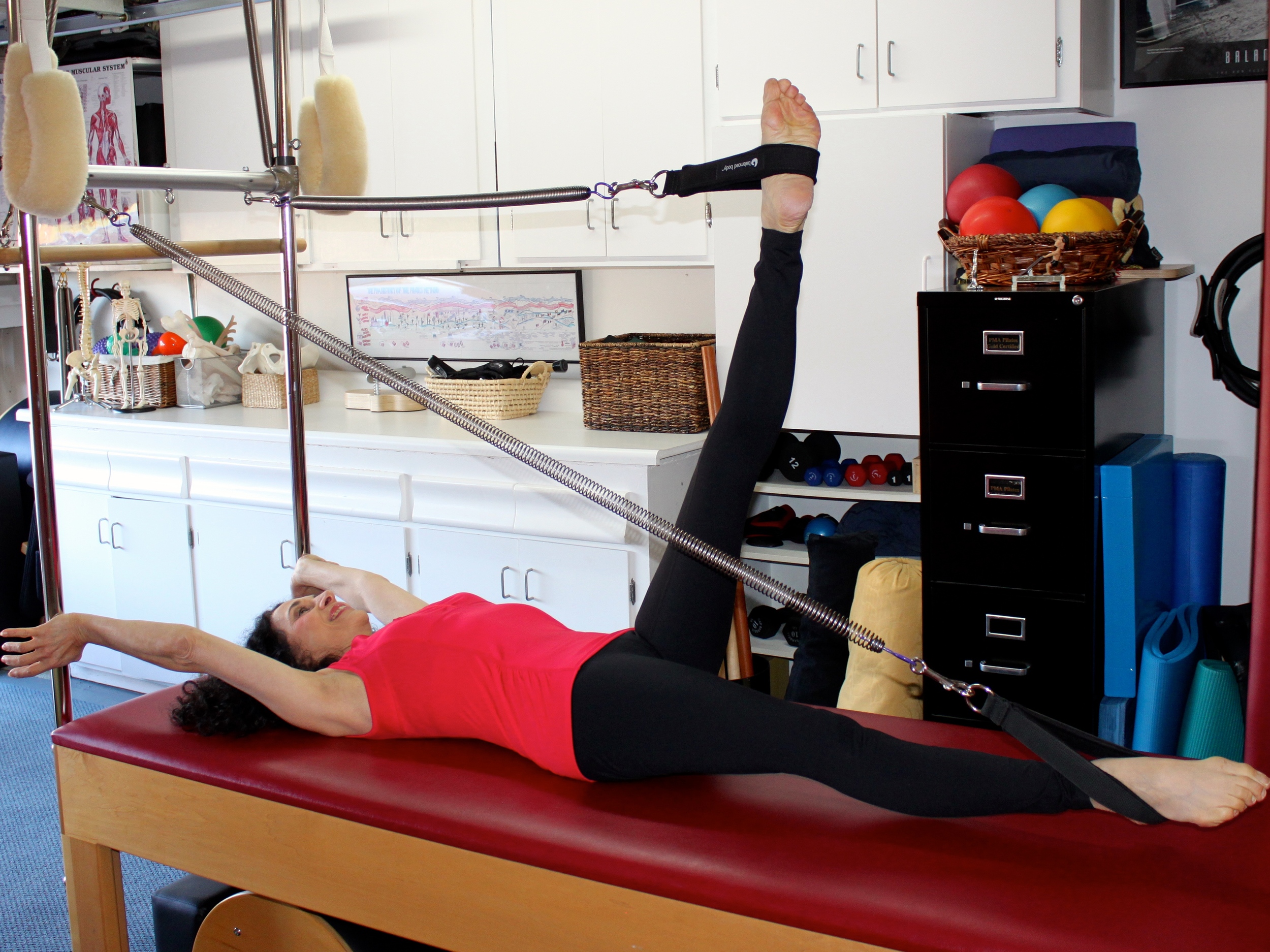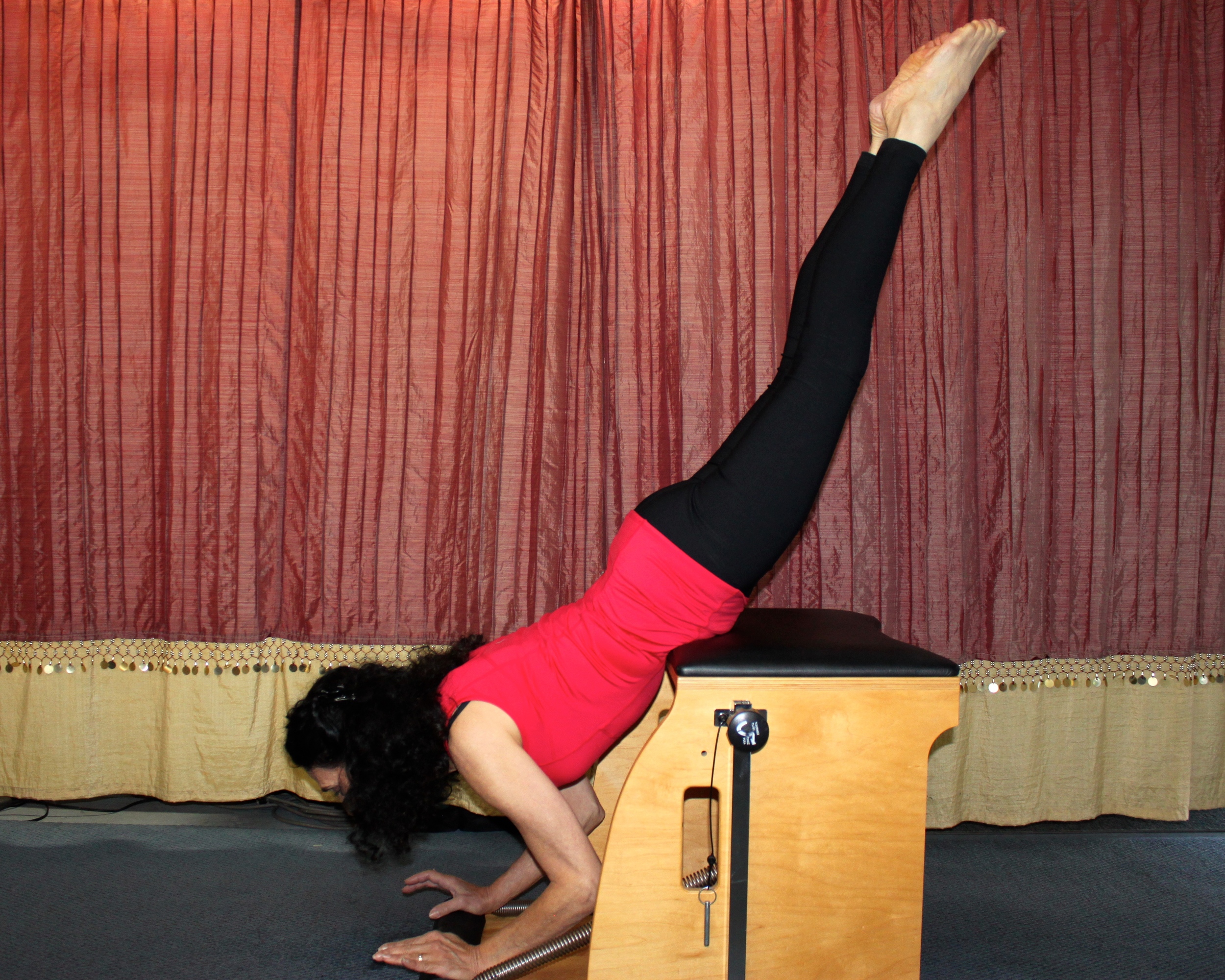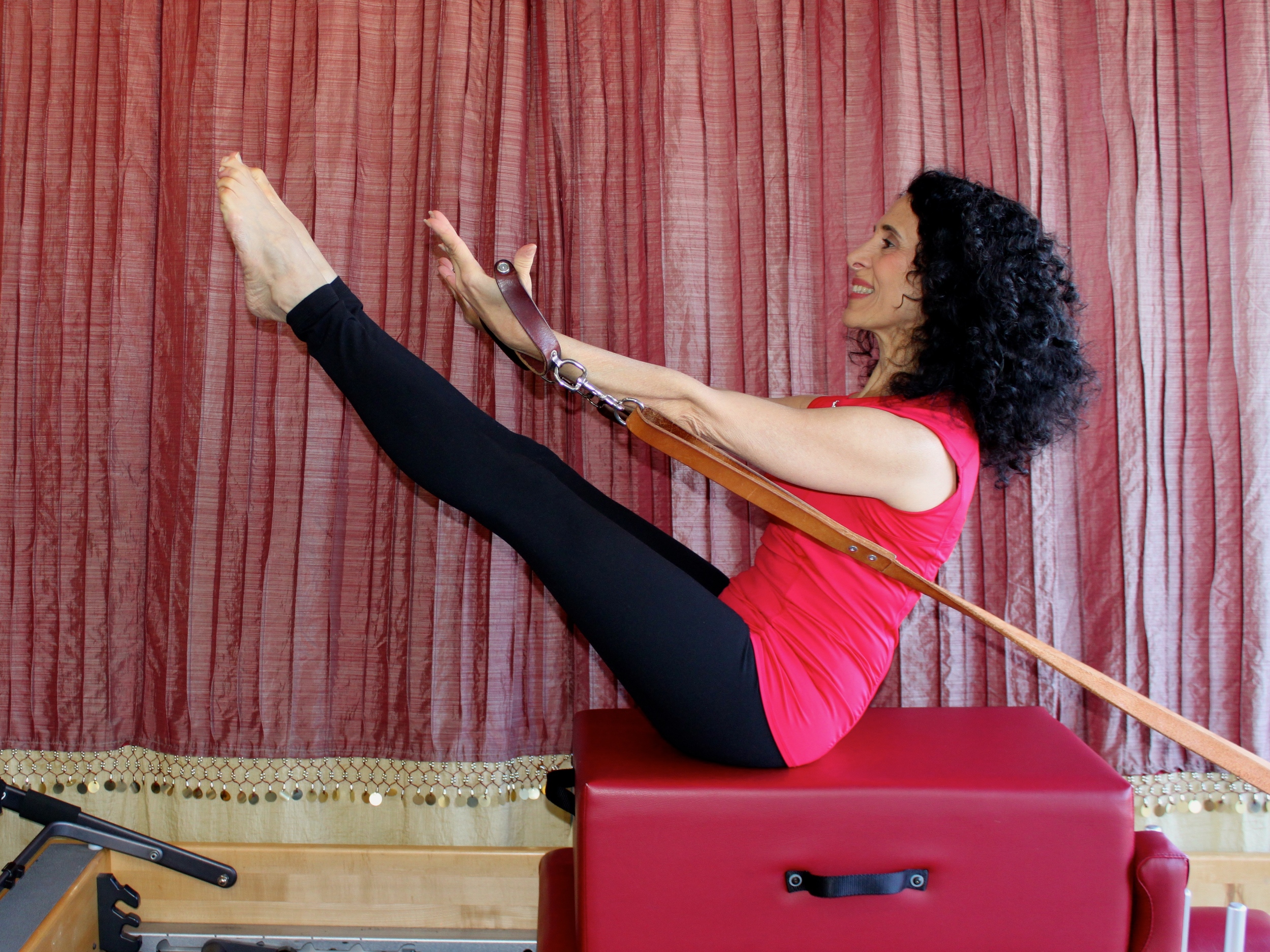PILATES
Joseph Pilates was born in Monchengladbak, Germany in 1883. As a child, he suffered from rickets, asthma, and rheumatic fever. Motivated to overcome his ailments, he studied both Eastern and Western disciplines of exercise, including body building, martial arts, and gymnastics. He came to believe that poor health and lifestyle was the result of bad posture and inefficient breathing. By the early 20th Century, he developed a system of exercises to strengthen the body and mind, which he believed were interrelated. Balancing the physical body would improve one’s overall health and happiness, which was his ultimate goal. Joseph moved to New York in 1925 where he taught his method until his death in 1967 at the age of 84. He wrote two books, Your Health (1934) and Return to Life Through Contrology (1960).
Pilates is a whole body exercise method, governed by six principles—concentration, control, centering, flow or efficiency of movement, precision, and breathing. With consistent practice, it develops strength, flexibility, control, and endurance. It emphasizes optimal breathing, alignment, coordination, balance, and especially a strong “powerhouse”, the center or “core” of the body, which provides a solid foundation for all movement.
The exercises are practiced on a mat and on specialized apparatus and are highly adaptable for all ages and fitness levels and conditions. Pilates is used for general conditioning, athletic training, or rehabilitation. Some of the many benefits include improved concentration, core strength, back flexibility, and increased energy and well-being.




